SpaceX has once again redefined the limits of rocket reusability. On Thursday, the company successfully launched a Falcon 9 booster for a record-breaking 30th time, marking a major milestone in the history of spaceflight.
The booster, known as B1067, carried 28 Starlink V2 Mini satellites into low Earth orbit from Kennedy Space Center in Florida. Just over eight minutes after liftoff, it returned safely to Earth, touching down with precision on the drone ship A Shortfall of Gravitas stationed in the Atlantic Ocean.
Pushing the Boundaries of Reuse
This achievement cements SpaceX’s dominance in reusable rocket technology. Before this mission, no other orbital-class rocket had ever completed 30 flights. The milestone demonstrates that SpaceX’s vision of rapid, reliable reuse is not just a concept but a working reality.
More Than Just Cost Savings
Reusability isn’t only about economics, though the cost reductions are significant. By extending the life of its boosters, SpaceX reduces manufacturing demands, minimizes waste, and sets new environmental standards for spaceflight sustainability. The company’s success is now pressuring competitors and space agencies worldwide to rethink their own approaches to launch technology.
Starlink Expansion Continues
The payload itself was no less important. The 28 newly deployed satellites add to SpaceX’s ever-expanding Starlink internet constellation, which now provides coverage to millions of users around the globe. With each launch, the network grows stronger and more reliable, especially in underserved regions where traditional connectivity is limited.
Looking Ahead
While Falcon 9 continues to push records, SpaceX is also preparing for the future with its ambitious Starship program. Starship aims to achieve full and rapid reuse—launch, land, refuel, and launch again—paving the way for missions to the Moon, Mars, and beyond.


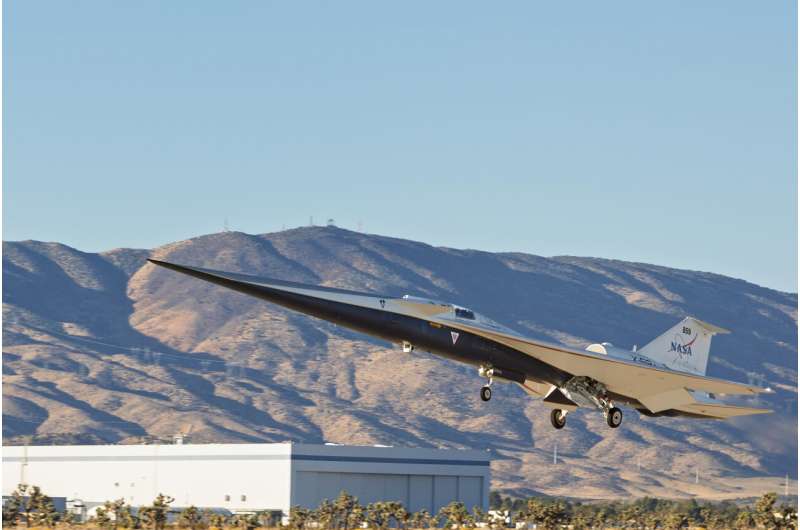

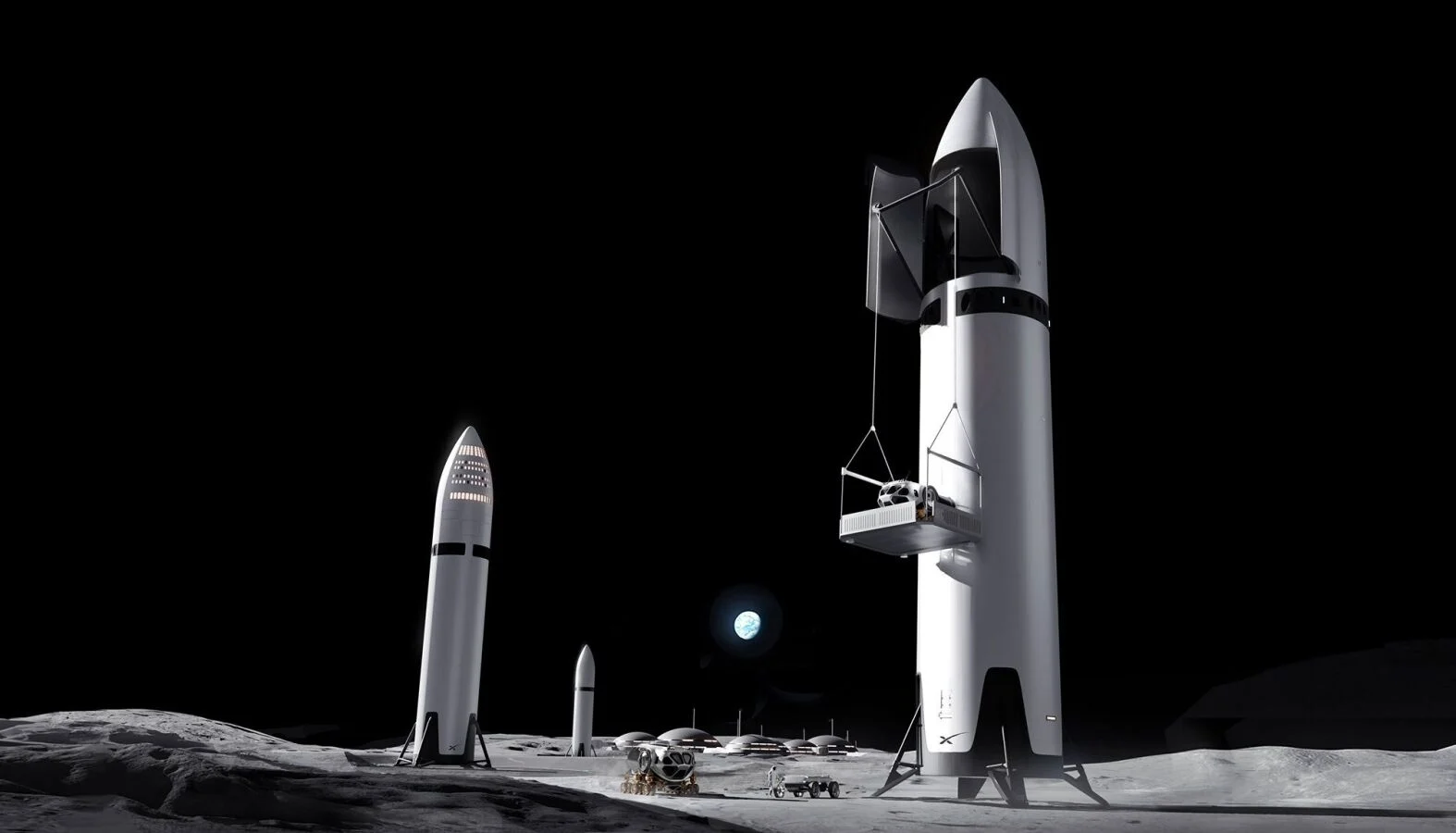
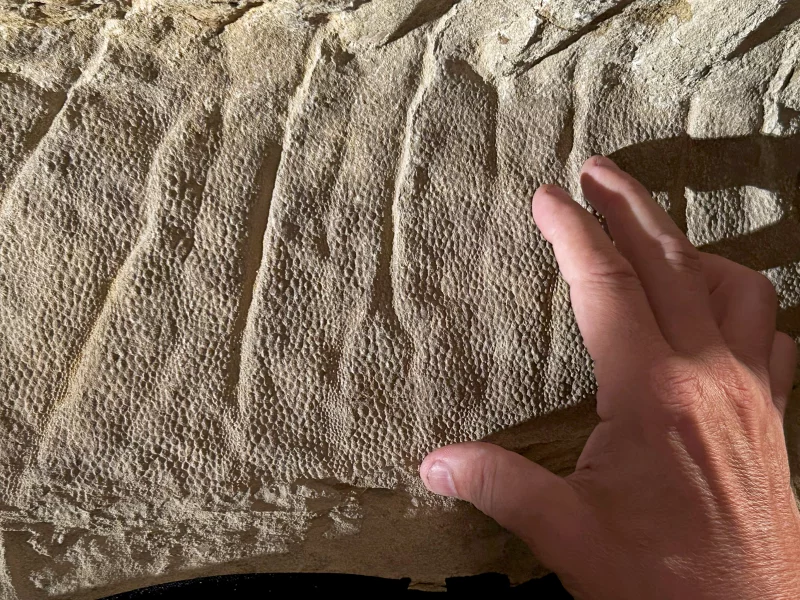
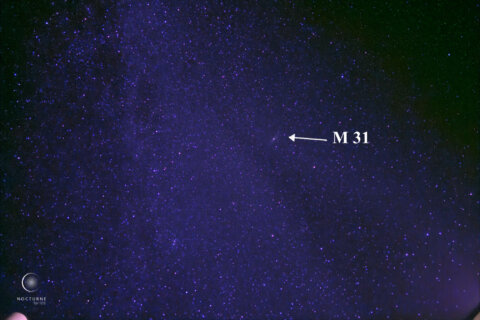

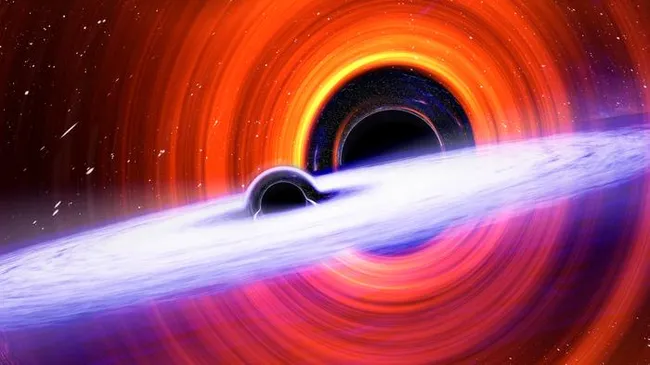
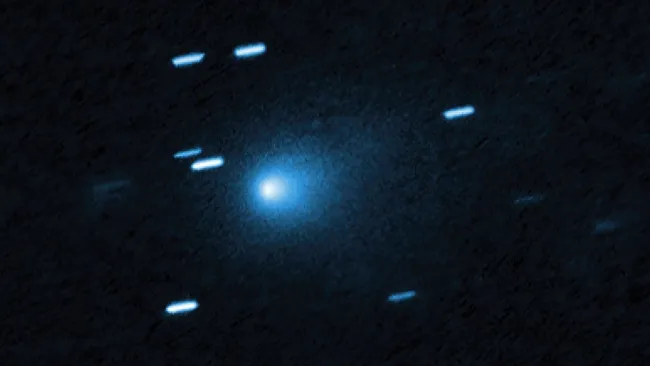


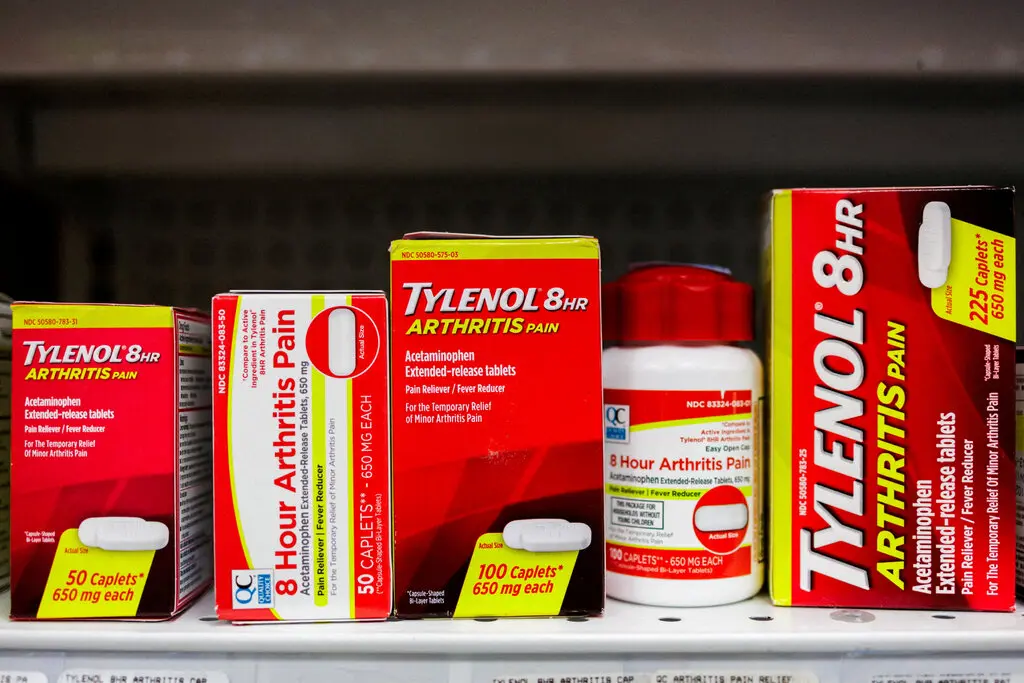

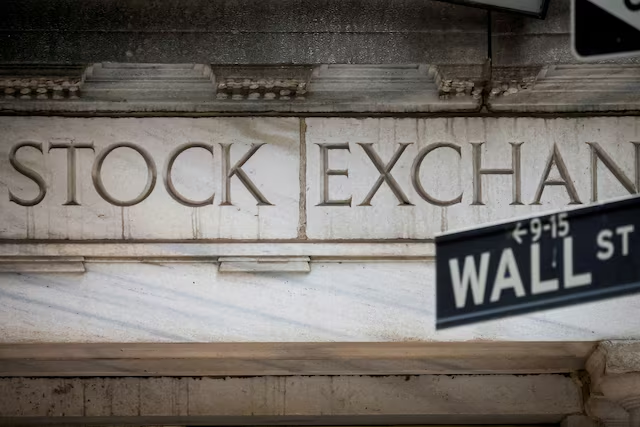

Leave a Reply